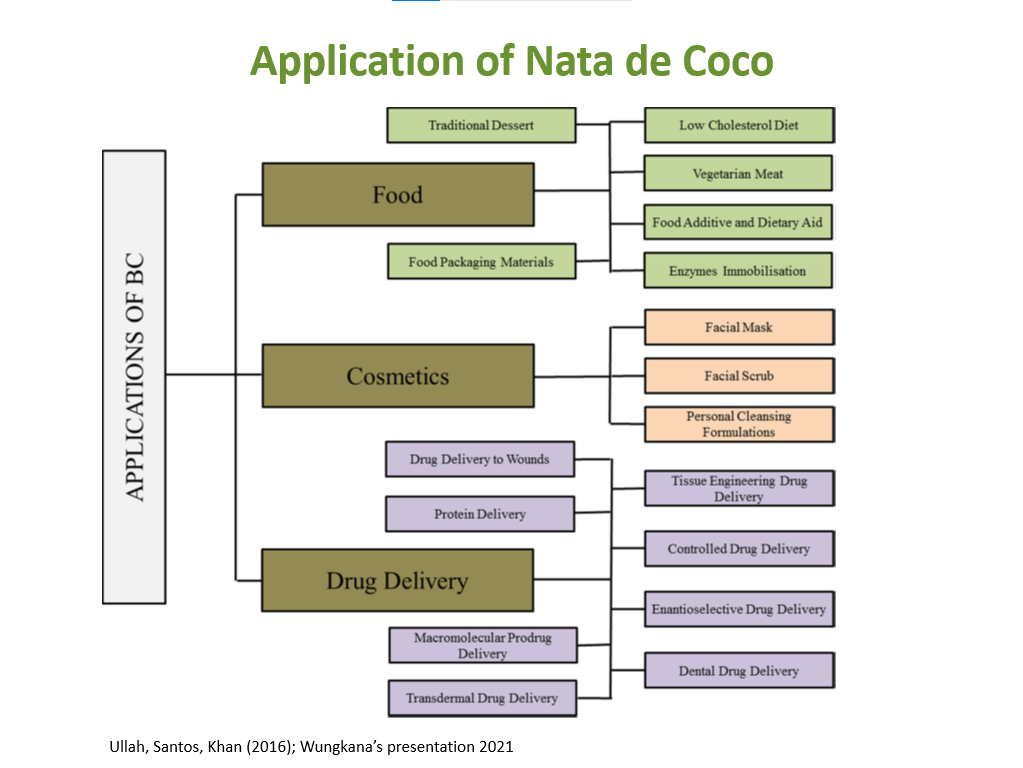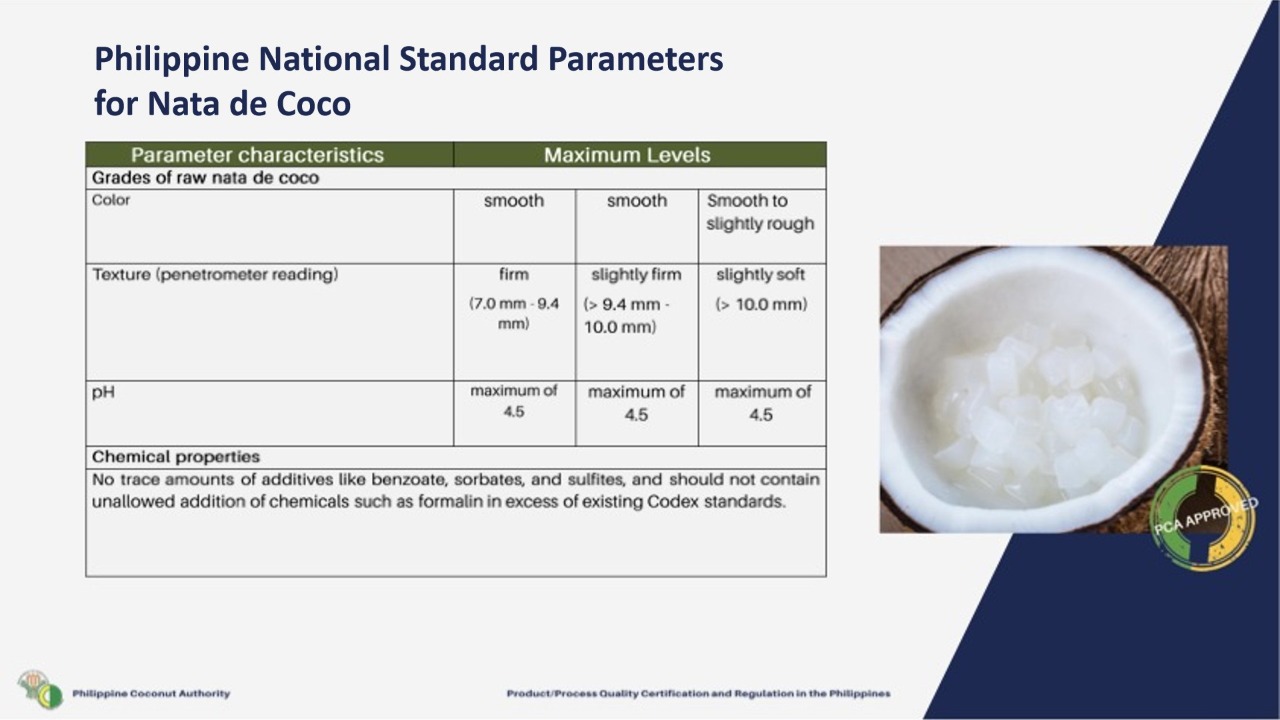A. GENERAL INFORMATION
1. Capital : Manila
2. Total Area (s.q. km) : 300,000
3. Population (Million) : 106.651
4. Gross Domestic Product (USD billion) : 330.481
5. Currency Unit : Peso
6. Exchange rate to 1 US$ (Average, 2013) : 52.661
B. COCONUT SECTOR
1. Area Under Coconut (Million Ha) : 3.50
2. Total Coconut Production
2.1 In Million Nuts Equivalent : 14,696
2.2 In Copra Equivalent (Million MT) : 2.217
3. Estimated Domestic Consumption
3.1 In Million Nuts Equivalent : 5,084
3.2 In Copra Equivalent (Million MT) : 0.77
4. Exports Volume (MT)
4.1 Fresh Coconuts : 2,474
4.2 Copra : 554
4.3 Coconut Oil : 907,606
4.4 Copra Meal : 551,198
4.5 Desiccated Coconut : 109,099
4.6 Coco Coir (Baled Coir, Twine, Pads) : 24,619
4.7 Coconut Acid Oil : 6,772
4.8 Coco Fiber Waste (Coco Peat/Dust) : 3,215
4.9 Shell Charcoal : 72,097
4.10 Activated Carbon : 61,304
4.11 Coconut Milk (Liquid) : 1,390
4.12 Coconut Milk (Powder) : 863
4.13 Makapuno : 54
4.14 Coconut Water (Liter) : 24,905,917
4.15 Others (Glycerin, Alkanolamide, Grated : 75,231
Coconut Meat, Nata de Coco, Frozen Coco Meat, Coco Chips, Bukayo, Coco Jam, Coco Flour, Coco Vinegar, Coco Husk Cubes, Toilet/Bath Soap, Soap Chips, Laundry Soap, Shampoo, Virgin Coconut Oil, Coco Shell Powder, Hydrogenated CNO)
5. Coconut Export Value (US$ Million) : 1,828
6. Total Export Revenue (US$ Million) : 50,913
7. Percentage Contribution to National : 3.59
Export Earnings (%)






